It’s a complete embedded solution
Everything is embeddable across the entire suite
Simple JS embedding of every widget
Native multi-tenant security controls
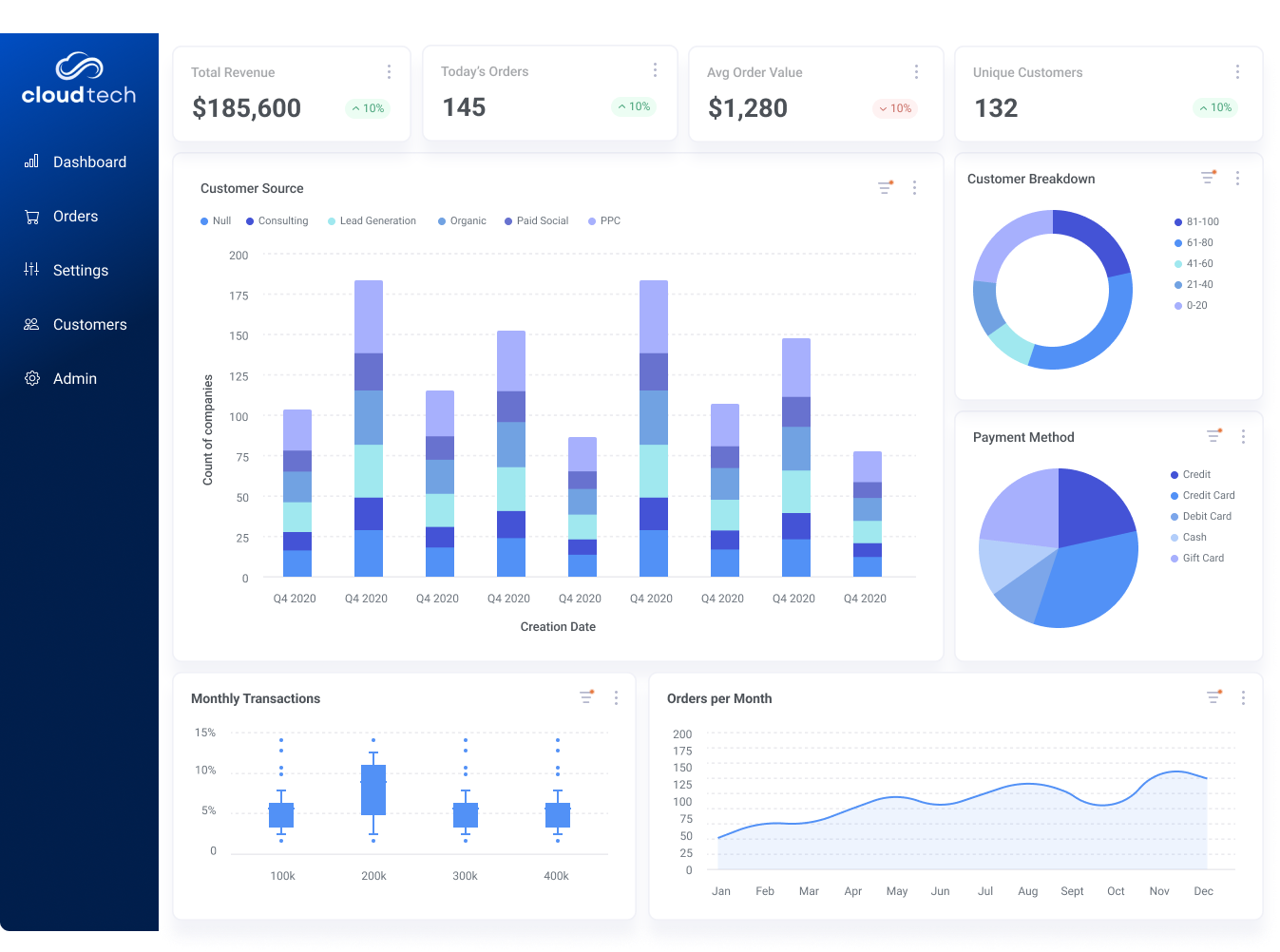
Faster Time to Market. More Value For Your Customers.
Qrvey is the only purpose-built software for SaaS companies that enable them to create customizable analytics experiences.
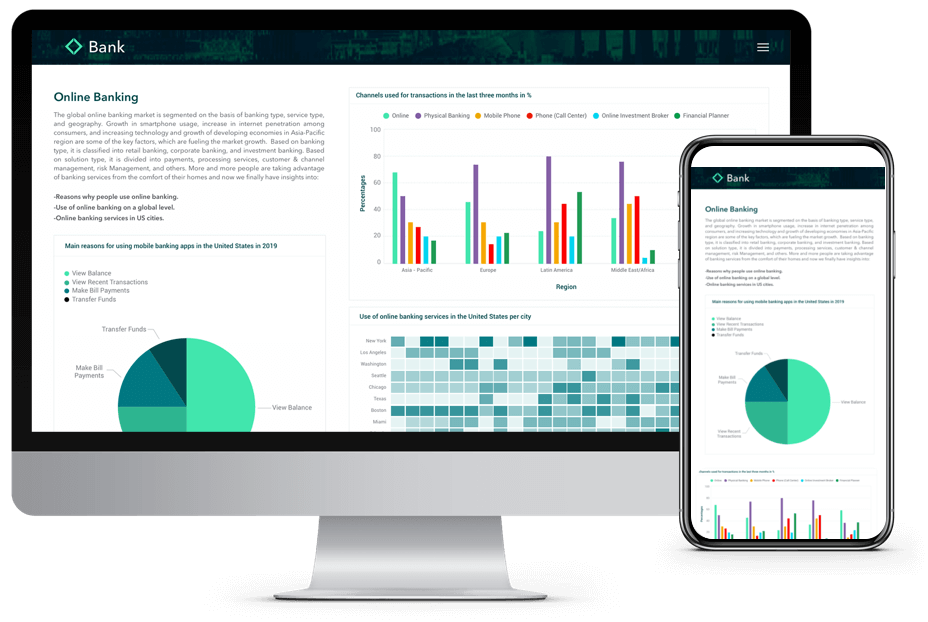






Everything is embeddable across the entire suite
Simple JS embedding of every widget
Native multi-tenant security controls

Your data stays in your cloud
It inherits your security policies
Complies with GDPR, HIPPA, CCPA and more
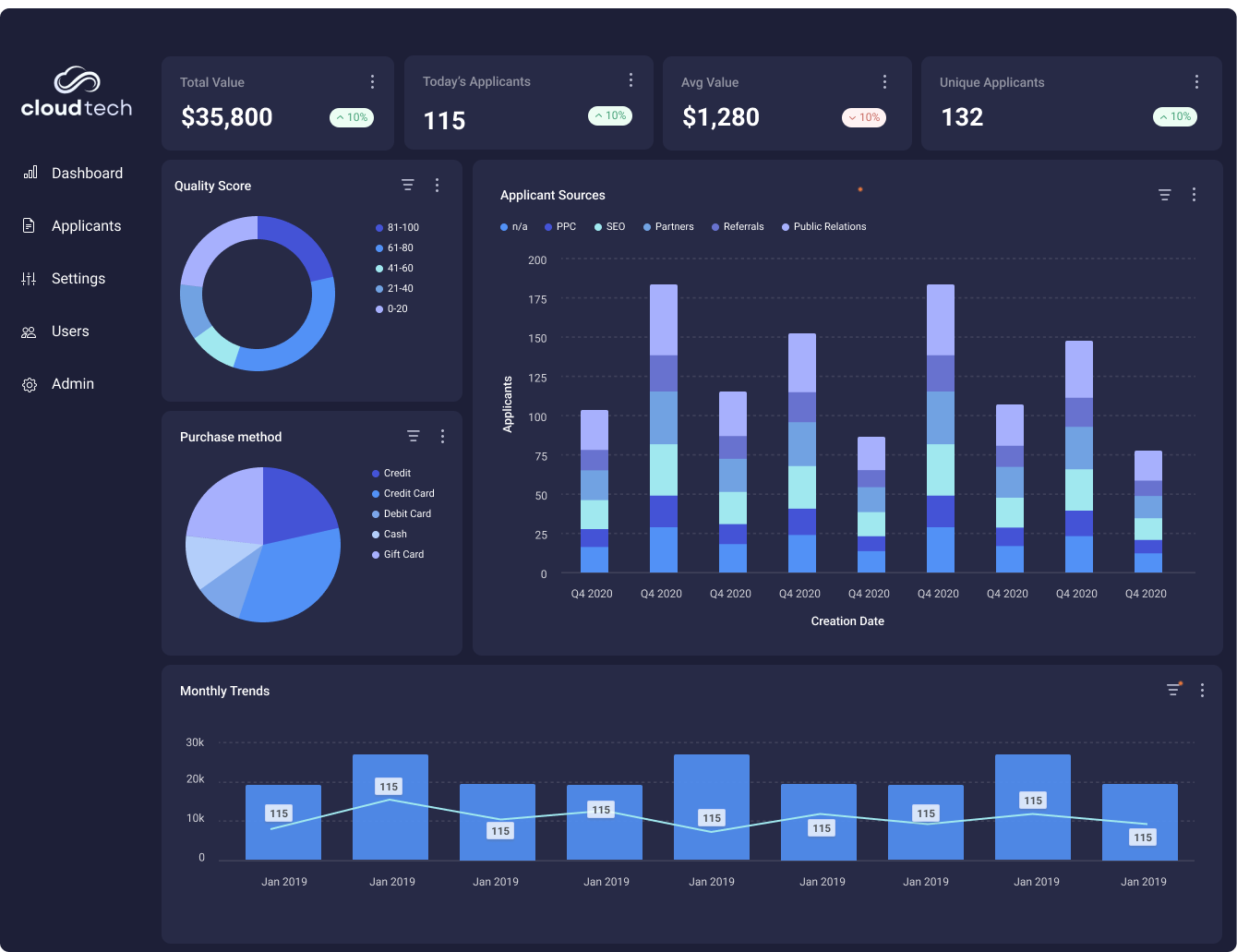
DevOps can deploy to all dev environments
It inherits your security policies
Integrates seamlessly to your SDLC process
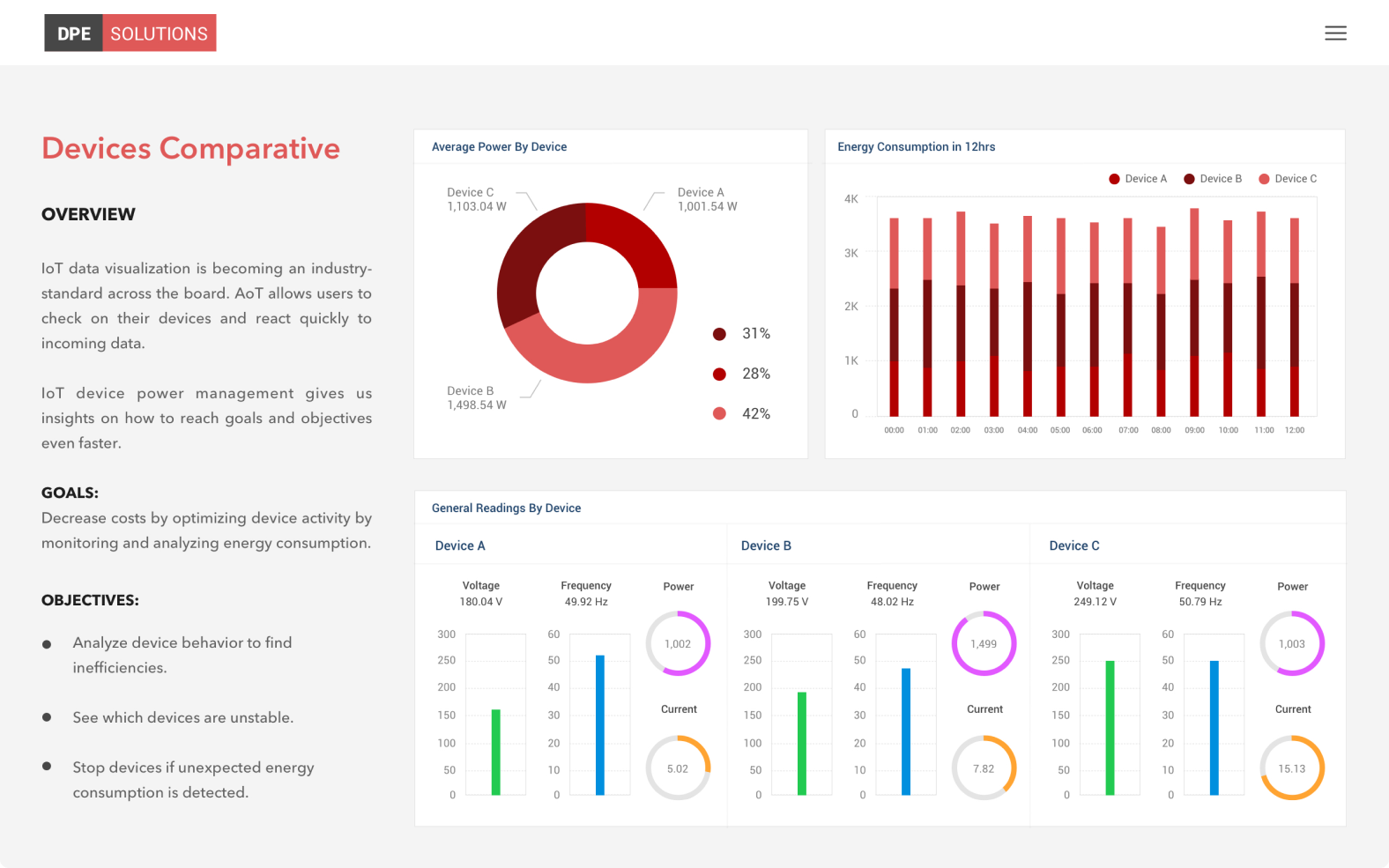
Updates on your schedule, not Qrvey’s
Content deployment options can target tenants
Built on serverless tech for cost efficiency
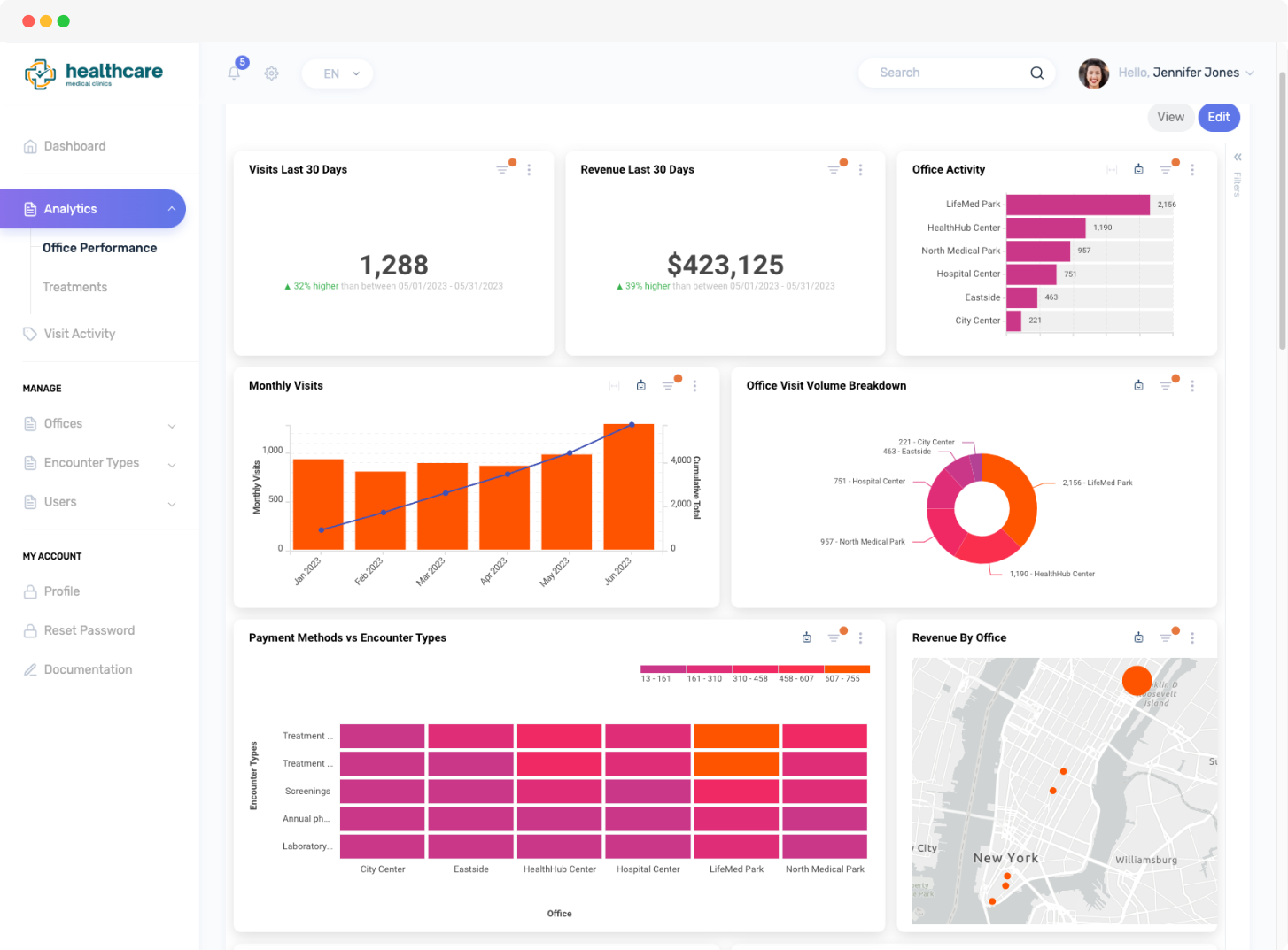
Unlimited users
Unlimited dashboards
Unlimited deployments
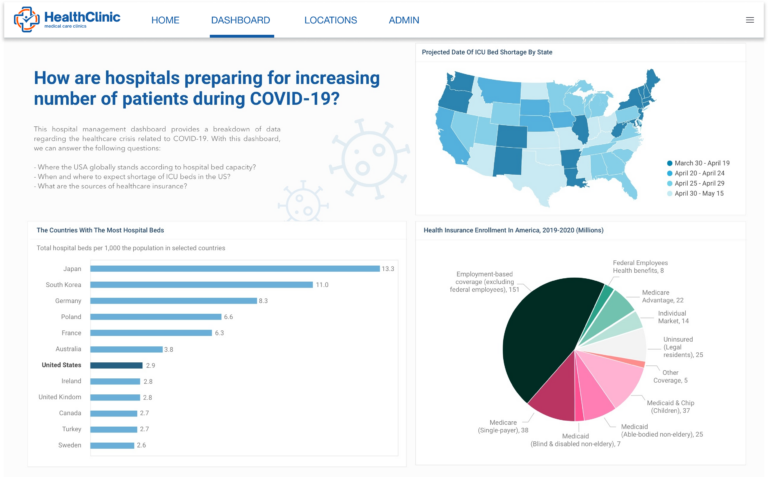
Embedded Dashboards


Embedded Dashboard Builder


White Labeling and UI styles


Embedded Automation Builder


Unlimited Users


Native Multi-Tenant Setup


Serverless Scalability


One Version With All Features


Native ETL service


Unlimited Enviroments


Qrvey leads the analytics industry for embedded analytics tools, but don’t take our word for it.


Herman Haynes
CIO @ Global K9 Protection Group
Adding Qrvey to our business was like turning on a light switch.


Ryan Quackenbush
Senior PM @ JobNimbus
We can’t speak highly enough of the stellar team at Qrvey. Within months of deploying Qrvey, JobNimbus achieved 70% adoption among large
enterprise users.


Dadou Jahanbani
CTO @ Impexium
Qrvey allowed Impexium to go to market quickly and get analytics into the hands of our customers.


Srinivasa Sridharan
CTO @ Setvi
Excellent product and customer support.
asasasasasasas sasasasas




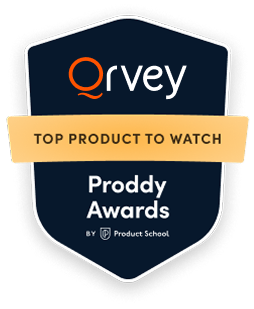

BLOG
Creating performant, secure, and scalable multi-tenant analytics requires overcoming steep engineering challenges that stretch the limits of...
GUIDE
Unlock the full potential of your SaaS business with our comprehensive guide on pricing and packaging strategies.
CASE STUDY
Discover how JobNimbus deployed Qrvey to 6,000 customers and saw an immediate reduction in customer churn....
Learn about Qrvey’s embedded analytics platform and get quick answers to your questions by booking a guided product tour with our experts.
Qrvey 9 is Here! ✨ Discover Multi-Cloud Embedded Analytics for SaaS. Learn More